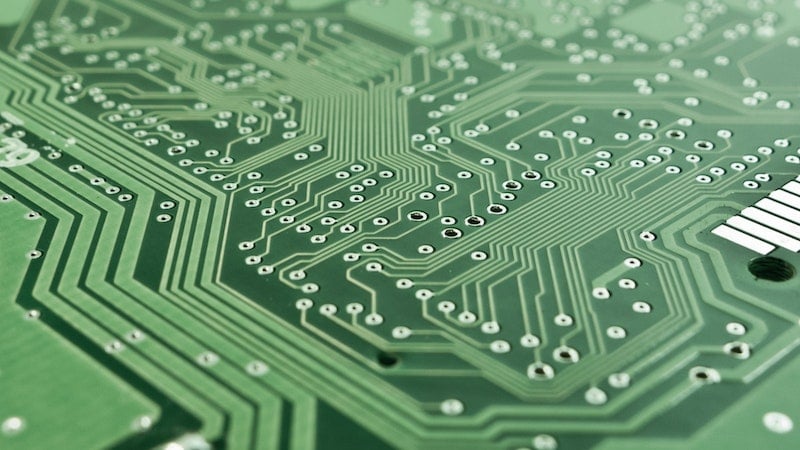What does direct memory access mean?
Direct memory access (DMA) is um feature of computers that allows hardware devices to access system memory for reading and writing independently of the CPU. This method speeds up data transfer operations, as devices can send or receive data directly from main memory, without relying on the processor.
Normally, the only component that accesses the machine's RAM memory is the processor. However, the DMA feature allows other components to also access RAM directly, such as hard disks, sound cards, network cards, and other input/output devices.
DMA works by allowing the hardware device to access system memory without having to go through the CPU. When the device needs to send or receive data, it requests access to the DMA controller, which manages access to RAM memory. The DMA controller then transfers the data directly to main memory without CPU intervention.
DMA is an essential feature of modern computers as it increases performance when transferring large amounts of data. Without DMA, all data would have to pass through the CPU, which would lead to processor overhead and a significant reduction in system performance.
How does direct memory access work?
Direct memory access (DMA) is a feature that allows peripheral devices to directly access the system's main memory, without the intervention of the Central Processing Unit (CPU). This means that devices such as sound cards, network cards and storage disks can send and receive data directly from memory without the need to go through the CPU.
DMA is used to improve system performance by allowing peripheral devices to perform tasks without interrupting the main processor. This is particularly useful for devices that need to transfer large amounts of data, such as disk controllers and network cards.
To use DMA, the peripheral device must first request access to the system's main memory. Once access is granted, the device can transfer the data directly to main memory, without the need to go through the CPU.
During data transfer, the CPU can continue to perform other tasks, improving overall system performance. When the data transfer is complete, the peripheral device notifies the CPU, which can then process the data as needed.
DMA is an important feature that allows peripheral devices to directly access the system's main memory, improving overall system performance.
DMA Modes
Direct Memory Access (DMA) is a technique that allows input/output devices to access main system memory without CPU intervention, which speeds up memory operations. There are three main modes of DMA transfer.
Burst Mode
In burst mode, DMAC performs multiple data transfers in sequence without CPU intervention. This mode is faster than the cycle-stealing mode, as DMAC does not need to request memory access on every transfer. Instead, it maintains control of memory for an extended period of time, which allows it to transfer multiple blocks of data in sequence.
Cycle Steal Mode
In cycle-stealing mode, DMAC steals CPU cycles to access main memory. When the CPU is not using the system bus, DMAC takes over and performs a data transfer. This mode is slower than burst mode as DMAC has to request memory access on every transfer.
transparent mode
In transparent mode, DMAC does not interfere with CPU operations. Instead, it monitors the system bus and performs data transfers whenever the bus is free. This mode is slower than the other two modes because DMAC can only access memory when the CPU is not using the bus.
In short, the three DMA transfer modes offer different levels of performance and efficiency. Burst mode is the fastest and most efficient, while transparent mode is the slowest and least efficient. Cycle Steal mode falls in the middle in terms of speed and efficiency.






